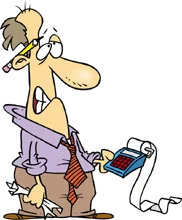Fixed Assets
Fixed assets, also known as property, plant, and equipment (PP&E), are long-term tangible assets that are used in the operations of a business and are not intended for sale. These assets are expected to provide economic benefits to the company for more than one accounting period.

Examples of fixed assets include:
- Buildings: This includes office buildings, warehouses, factories, and other structures owned or leased by the company.
- Land: Land owned by the company for business purposes, such as for constructing buildings or for investment purposes.
- Machinery and Equipment: This includes machinery, vehicles, computers, furniture, and other equipment used in the production or operation of the business.
- Vehicles: Company-owned vehicles used for transportation or delivery purposes.
- Furniture and Fixtures: This includes desks, chairs, shelves, and other furniture used in the office or retail space.
- Leasehold Improvements: Improvements made to leased property, such as renovations or additions, that enhance its functionality or appearance.
Fixed assets are recorded on the balance sheet and are initially recorded at their cost, including any expenses incurred to acquire or prepare the asset for its intended use. Over time, these assets are depreciated to reflect their gradual loss of value or use. The depreciation expense is recorded on the income statement and reduces the carrying value of the fixed asset on the balance sheet.
Fixed Assets Video
